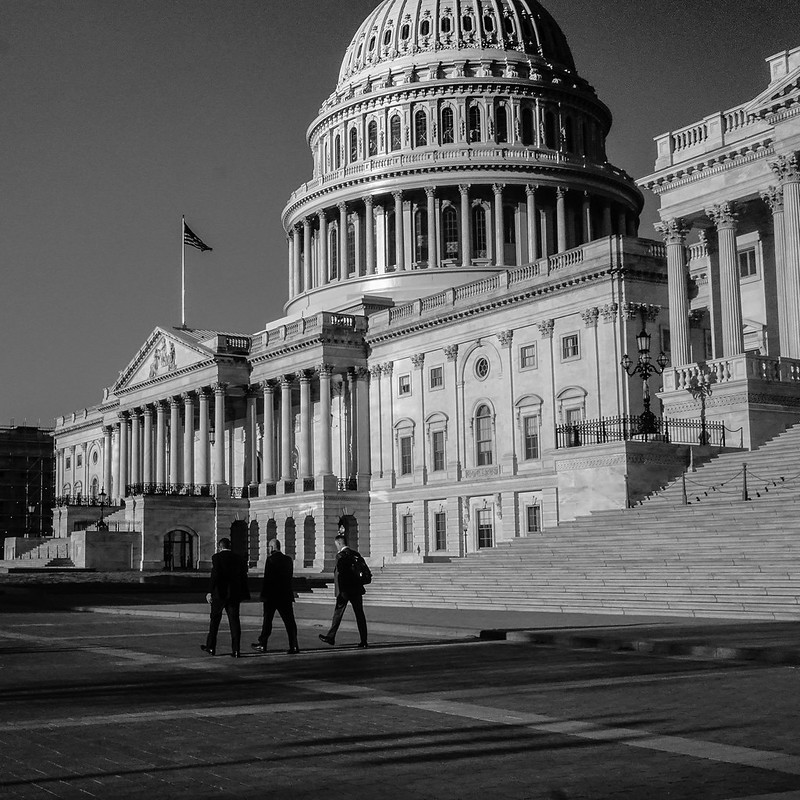The Build Back Better Act, announced today by the Biden Administration, makes significant improvements in workplace safety protections for American workers. The House bill, H.R. 5376, released by the Rules committee today, includes:
- $707 million to the Occupational Safety and Health Administration for carrying out enforcement, standards development, whistleblower investigations, compliance assistance, funding for State plans, and related activities within the Occupational Safety and Health Administration. The money is to be spent over the next 5 fiscal years. OSHA’s current annual budget is only $591.8 million, so this represents a 20% annual increase over the next 5 years.
- 133 million to the Mine Safety and 21 Health Administration over the next five years for carrying out enforcement, standard setting, technical assistance, and related activities. The current MSHA budget is $379.8 million.
The bill also includes significant increases in OSHA’s maximum penalties:
- Penalties for serious violations (and failure to abate violations) would increase from $13,653 to $70,000
- Penalties for willful violations (and repeat violations) would increase from $136,530 to $700,000.
Former OSHA head David Michaels tweeted that “Many large employers treat current OSHA fines as cheaper than the cost of a safety consultant. This dramatic increase will save lives by encouraging firms to eliminate hazards before workers are hurt.”
There is still a ways to go before this legislation becomes law, but after 51 years, these changes would finally give OSHA the opportunity to issue high enough penalties to actually have an impact on large businesses that violate the law and injure or kill workers.
For those businesses that are freaking out, note that these are maximum penalties and actual penalties for small and medium size businesses will be significantly lower. And, of course, they can completely avoid penalties by ensuring a safe workplace.

$707 million spent over 5 years = $1.414 million per year. That’s not an increase of 20% over the current $591 million. I assume you meant $707 million per year over 5 years. But I thought that a budget had to be for only one year – could you explain?
I’m not great at math, but when I divide $707 million by 5, I get $140 million per year. I think one of us has a decimal problem here.
The added funding takes OSHA into uncharted territory. With this $707 million in added funding over a 5 year window, OSHA will be able have sufficient staff to inspect each workplace in its jurisdiction once every 100 years, instead of the current rate of once every 161 years. Of course, this pales next to the Mine Safety and Health Administration, which is required (and does) 2 inspections/year for every surface mine and 4 inspections/year for underground mines.
You know what else in the Build Back Better Act? A bunch of commie gobbldygook
That last line is key: hopefully it’ll spur companies to be more proactive. Companies may think the penalties are high, but the consequences following a preventable serious injury (lose a productive worker, lockout/shut down the machine or process, do an investigation + training, deal with insurance/worker’s comp, and if it’s covered under an emphasis program, still get a visit from OSHA and have potential penalties regardless) are more significant economically. This just might be the kick in the pants that says, “if you think it’s costly now, just wait… BUT also consider that calling the state consultation program and your local OSHA office is completely free, too…”
[…] penalties are already steep and the Biden Administration is attempting to dramatically increase them. If passed, the Build Back Better Act would increase penalties for serious violations to […]
[…] penalties are already steep and the Biden Administration is attempting to dramatically increase them. If passed, the Build Back Better Act would increase penalties for serious violations to […]